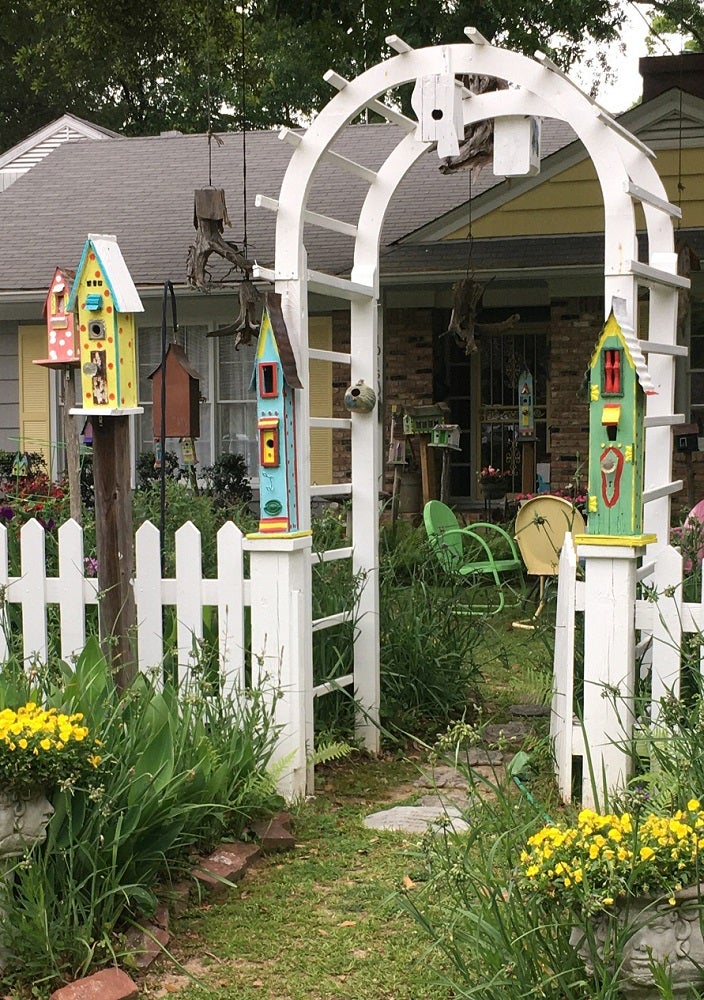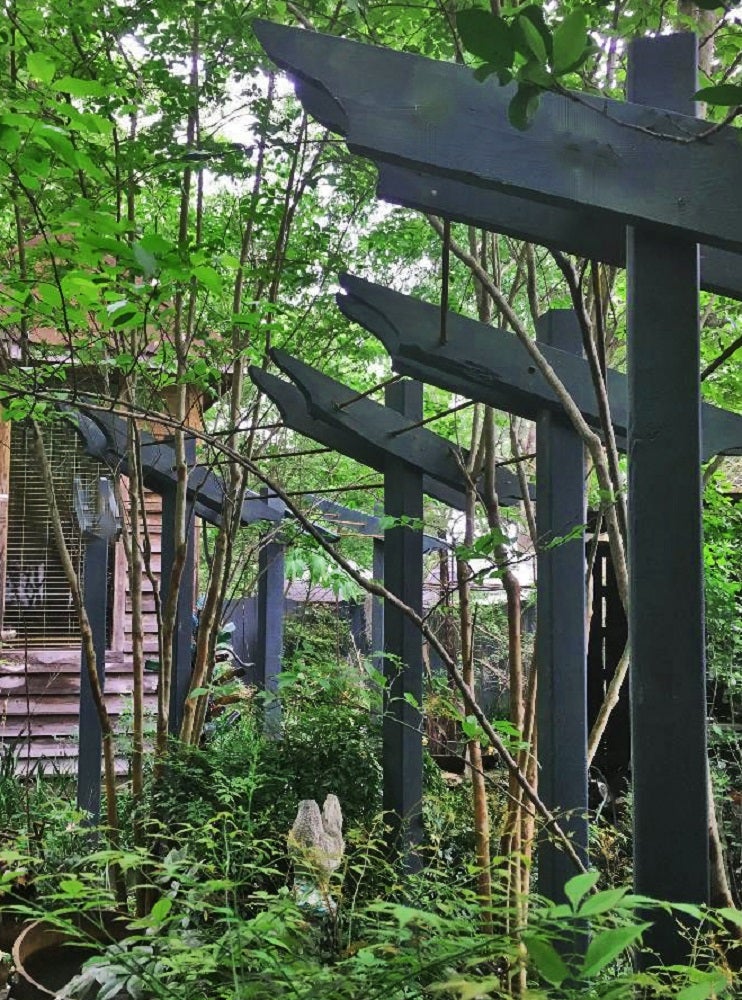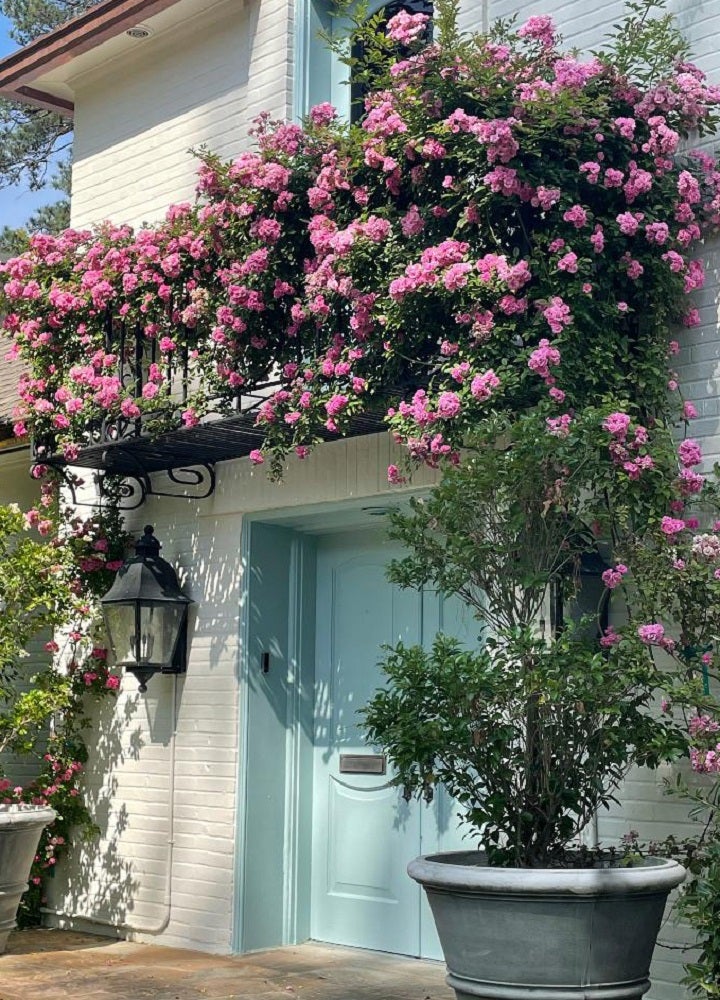Look up & smell the honeysuckle
Published 4:52 am Saturday, April 15, 2023



|
Getting your Trinity Audio player ready...
|
Time to look up and smell the honeysuckle!
A lot of weekend gardeners, I suspect, spend most of their outdoor time looking down at the lawn mower being pushed in front of them. Or scanning the base of their house admiring the green moustache of pruned shrubbery.
Used to be most gardens, even in town, were fenced, walled, or hedged, with a distinct entry point that looks or feels more secure (the word “garden” comes from medieval words meaning “guarded place”). Over the decades our picket or woven-wire fences have gone out of vogue, no longer even allowed in many neighborhoods.
But we can still visually but politely wall off the garden with a simple row of low-growing plants, a flower bed, even trees connected with mulch, down the side of the yard and partway across the front somewhere close to the street. It’s like having someone’s arm around your shoulder, giving a sense of comfort and security.
But for an simple, fast “you’re in or you’re outside” entry, go with a simple arbor, even without a fence by the street, beside where you park the car, or even over the porch. The feeling it provides is instant, and a whole lot cheaper in both price and time than slower growing trees or large shrubs. Plus you can grow some mighty cool vines on them, which both tones down the structures and gives seasonal reasons to look upwards.
Most arbors have four posts, but my own garden’s entry arbor is an unusual three-posted with a gate; my son uses a row of single posts, six feet apart and connected with heavy rope holding up climbing roses, to line his patio. We each stained our arbors to complement the architectural colors of our houses, and use low voltage lights to make them more dramatic in the evening. But to keep things simple, I often design using just two heavy, large 4×6 or 6×6 posts, at least eight but better nine or ten feet tall, which look the most imposing. Top and tone them down with simple rafters; no need to get complicated.
And vines are much more than same old, same old vines, though Peggy Martin rose and native, more compact, summer blooming Amethyst Falls wisteria are superior to their more widespread counterparts. Where my star or confederate jasmine bit the dust in last December’s freeze, neither my native yellow Carolina jessamine nor crossvine never missed a beat, flowering up a storm. Those, along with summer blooming trumpet creeper, Japanese honeysuckle, sweet autumn clematis, and the smilax called Jackson vine can run rampant unless planted so you can mow or string-trim close by.
All those take a year or more to get established; with horticulturists, the rule of thumb with perennial vines is “first year they sleep, second year they creep, third year they leap.” To fill in the time gap, it’s very easy the first summer or two to buttress them by adding some faster growing annual vines including gourds, hyacinth bean, moonflower, or cypress vine. And a hanging basket or two will help draw the eye upward til the perennial vines take off.
All these need something to wrap around or cling or be tied to until they reach the top and can support themselves. I have used rough jute string, rusted barbed wire, lattice, and cut-to-fit sections of wire mesh like they put in concrete.
None of this has to be complicated; main thing is to secure the garden at least visually and psychologically, while drawing the eye upward and creating more interest than wall to wall grass.
Felder Rushing is an author, columnist, and host of the “Gestalt Gardener” on MPB Think Radio. Email gardening questions to rushingfelder@yahoo.com.
—








